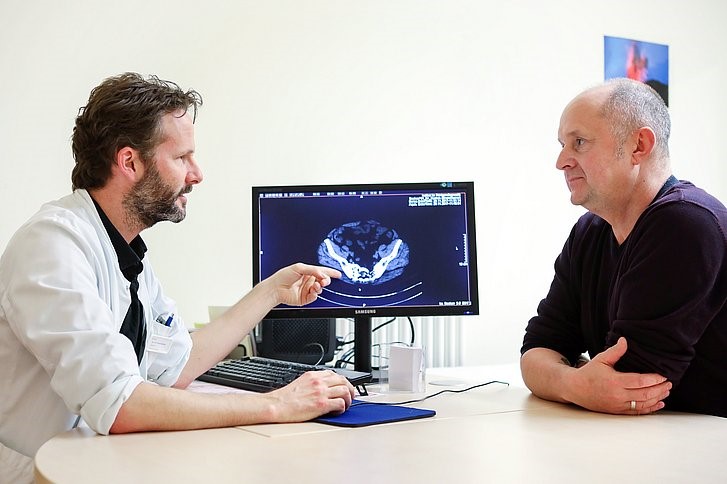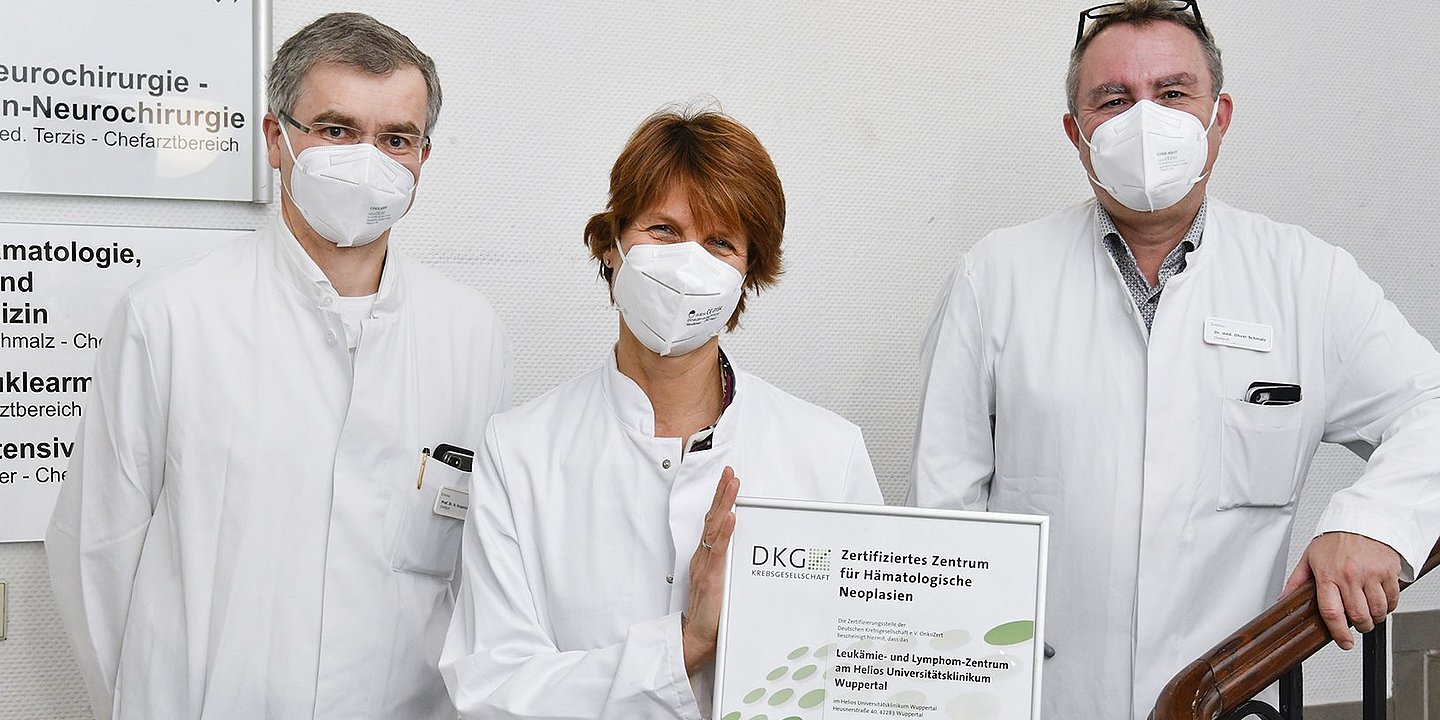
BLOOD COMPONENTS AND THEIR MEANING - What Blood Reveals About Your Health
If the body is not functioning smoothly, this also shows in the blood. In addition to a physical examination, a blood test can therefore tell a lot about the state of health. For example, the values provide information about the function of organs, the concentration of hormones or the existence of viruses in the body.
What is blood?
Blood is a bodily fluid that is vital for humans; it is also referred to as a "liquid organ" because of its consistency and function. The temperature of blood is usually around 38 degrees Celsius.
How many liters of blood a person has depends on body size as well as body weight. Age and gender also play a decisive role. In a normal-weight adult, blood volume accounts for about eight percent of body weight. Blood consists of about 55 percent blood plasma. This contains water, salts, proteins, glucose, fat, vitamins, hormones and metabolic products. The remaining 45 percent are the blood cells. They are divided into red and white blood cells and platelets.
The tasks of blood
The tasks of blood can be divided into the following three aspects:
- Transport of oxygen, hormones, messenger substances and nutrients into the cells
- Regulation of body temperature and water, salt and acid balance of the body.
- Combating pathogens that have invaded the body
In order for the vital "liquid organ" to fulfill these tasks, it is important to prevent major blood loss. A special process called hemostasis is responsible for this. This ensures hemostasis and stops the leakage of blood. The process of hemostasis is composed of the primary and secondary phases. Primary hemostasis stops bleeding within one to three minutes. The subsequent secondary hemostasis ensures that the blood actually coagulates within a period of approximately six to ten minutes. In this process, various clotting factors are activated. More precisely, this process takes place in three phases: 1st activation phase, 2nd coagulation phase and 3rd retraction phase.
From the body into the test tube
During a blood collection, the blood is filled into different colored sample tubes. The colors are assigned to different analyses. This is because not all the blood values that the doctor needs for his diagnosis can be determined with just one examination procedure. Which values are necessary is decided depending on the symptoms. The determination of the blood group is also possible through this procedure.
Some results can be altered by food, drink and medication, for example blood glucose and liver values. The patient must then "fast". This means that they must not consume anything except water for eight to twelve hours before the blood sample is taken. The discontinuation of medication must be clarified with the physician in advance.
Preparation of a blood count
Basically, a blood count is a listing of all findings from a blood test. Both the cellular components and the external conditions, called morphology in medicine, are part of the blood analysis. A small blood count, a large blood count or a differential blood count are possible. They differ in the degree of differentiation in the evaluation.
Small blood count
In a small blood count, the number, appearance, size and distribution of the blood cells, i.e. red blood cells, white blood cells and platelets, are examined. In addition, the hemoglobin and hematocrit values are measured.
This determines whether the composition of the blood cells, blood formation and blood breakdown are functioning. These blood components are examined during a small blood count: White blood cells (leukocytes) are part of the body's defense system. They recognize cells foreign to the body and can fight pathogens.
Blood platelets (thrombocytes) are an important component for blood clotting. To ensure that as little blood as possible is lost in the event of injury, platelets quickly seal off injured blood tissue.
Red blood cells (erythrocytes) are primarily responsible for transporting oxygen and carbon dioxide.
A reduced number of red blood cells means that less oxygen can be transported to the body's cells. If there are too few erythrocytes in the blood, this is called anemia. This can occur concomitantly with a wide variety of diseases, but can also result from a reduced formation of red blood cells or from their loss (hemorrhage).
An excessive number of red blood cells can be an indication of a disease. If an increased number of red blood cells is found in a blood sample, this is called polyglobulia. This is often caused by a lack of oxygen. On the one hand, the cause can be external factors - for example, a prolonged stay at high altitude. There may also be an "internal oxygen deficiency", caused by a heart or lung disease, for example.
Hemoglobin is the pigment that gives blood its red color. It is located inside the erythrocytes and is responsible for binding oxygen and carbon dioxide. In addition, hemoglobin is responsible for the transport of carbon dioxide and oxygen in the blood.
Hematocrit shows the ratio of solid and liquid components in the blood. The higher the value, the more viscous the blood and the more difficult it is to flow. The risk of blood clots is increased with "thick blood".
How to assess a deviation in blood values and when they are not normal is shown in detail in the following section using the blood components leukocytes, platelets and hemoglobin as examples.
Deviations of blood values and their causes
By evaluating the laboratory values of a blood count, possible deviations are detected. These can provide indications of various diseases and their causes. For example, if the leukocyte value is too low, there are too few white blood cells in the body. This can indicate an immune deficiency. The normal value of leukocytes in the blood is between 4,000 and 10,000 cells per microliter. If the value of leukocytes is elevated, this may be due to the age of the person on the one hand. Particularly in pregnant women, children and newborns, this can be significantly above the normal value and can be as high as 34,000 cells per microliter. On the other hand, too high a value, also called leukocytosis, can also be a sign of infection: The body needs many leukocytes to fight off invaders. Elevated leukocytes can thus have different causes.
There is also the possibility that the value of platelets is too high. However, this is usually due to the age of the person. It ranges from 150,000 to 400,000 cells per microliter in adults, 150 to 350 cells per microliter in children under six, and 150 to 250 cells per microliter in babies. In thrombocytopenia, on the other hand, the platelet count is too low. The causes here can be, among other things, too much degradation or a disturbed distribution of the platelets. However, there are numerous other causes that can result in a low platelet count.
The hemoglobin value (Hb value) can also deviate. If it is too low, this indicates anemia. In men, the Hb value should not be below 14 grams per deciliter, in women not below 12 grams per deciliter. If the value of hemoglobin and thus of oxygen in the blood is too low, various causes are possible. For example, anemia can be triggered by chronic diseases or an incorrect diet. An excessively high level of hemoglobin is caused, for example, by an excessively low oxygen content in the body - triggered, for example, by lung diseases - or by an increased production of erythrocytes. In this case, too, numerous other causes exist.
CBC (complete blood count)
A large blood count consists of the small blood count and the differential blood count. The latter is an extension of the small blood count by a more precise differentiation of the blood. The blood values of the large blood count can provide information about various diseases. The white blood cells (leukocytes) are distinguished (differentiated) in the large blood count (differential blood count) into subgroups and maturation stages - granulocytes, monocytes and lymphocytes. In this way, for example, blood diseases, infections or inflammations can be analyzed more precisely and indications of their causes can be determined.
Monocytes are only in the bloodstream for a short time. They migrate into the tissue and become macrophages, which as "scavenger cells" take up pathogens, render them harmless and digest them. In addition, they can activate the immune system.
Lymphocytes are divided into B and T lymphocytes and natural killer cells. Their task is to recognize pathogens and eliminate them. They form antibodies against certain pathogens.
Granulocytes fight pathogens. They are divided into the following subgroups: the neutrophil rod-nucleated, the neutrophil segment-nucleated, the eosinophilic and the basophilic granulocytes. They are formed in the bone marrow and further released into the blood.
Further examinations of the blood
Coagulation parameters are laboratory medical examination procedures that check the blood clotting factors. Blood clotting is very important for humans to avoid bleeding to death in case of injuries. At the same time, coagulation must not be excessive, otherwise the blood in the body will clump together (thrombosis). A complicated interplay of procoagulant and anticoagulant factors keeps the delicate system in balance. Clinical-chemical parameters: Further examination of the blood and its components can determine blood sugar, liver and kidney values, electrolytes, hormones, minerals, vitamins, proteins and other components.
-
Do you need more information about Helios Hospitals or do you want to schedule your treatment?
Please contact our Helios International Office. We will gladly advise you!





